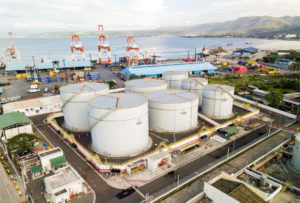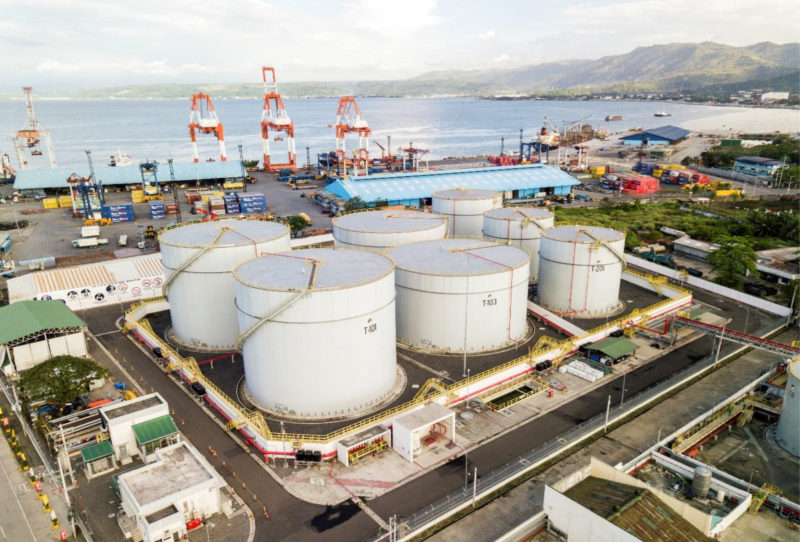
Pilipinas Shell Petroleum Corp is installing a fully automated system at its facilities to help ensure the safe implementation of the Philippine government’s fuel marking program.
While the aim is full automation, the company in the meantime has worked with SGS on implementing a safer set of manual and semi-automated methods as a temporary measure.
“We have a responsibility to ensure that the interests of all of our customers and stakeholders are safeguarded,” Pilipinas Shell vice president for external and government relations Serge Bernal said in a statement.
“Our goal is to improve the safety of the process through automation. We’re aiming to fully automate the system at our refinery by end March 2020,” Bernal added.
Last year, Pilipinas Shell conducted its fuel marking operations at its Northern Mindanao Import Facility (NMIF) in Cagayan de Oro City and its Tabangao Refinery in Batangas. NMIF is the first terminal to implement fuel marking in Mindanao while the refinery is the country’s first refinery to undergo the program.
As of December 1, 2019, both the gasoline and diesel import tanks of NMIF’s 90-million-liter capacity have been fully marked.
Following the rollout in Mindanao, Pilipinas Shell started the fuel marking process at its Tabangao refinery last December 11.
Marking of fuel products, whether imported or manufactured in the Philippines, becomes mandatory five years after the Tax Reform for Acceleration and Inclusion (TRAIN) law took effect January 2018.
Formally launched last February 2019, the fuel marking program also includes random field testing and confirmatory tests to check for compliance of the fuel required to be marked.
READ: PH fuel marking program implementing rules released
Six months after the initial marking, all petroleum products found in the domestic market, including those stored in storage tanks, depots and terminal facilities, will be tested for compliance with the fuel marking program.
This means that by February 3, 2020, all gasoline, diesel and kerosene products are expected to have been completely marked.
Bureau of Customs and Bureau of Internal Revenue personnel will then start field testing, and if necessary, impose penalties on oil companies proven to have unmarked, adulterated and/or diluted fuel.
Other petroleum companies whose facilities have undergone initial fuel marking are Seaoil, Pure Petroleum Corp., Phoenix Petroleum Corp., Unioil Petroleum Philippines, and the entire network of Chevron Philippines, Inc.
According to estimates by the Department of Finance and the Asian Development Bank, the annual loss of national revenue due to oil smuggling and misdeclaration could reach as high as P40 billion. The government’s fuel marking program establishes a system for identifying fuel that has paid the correct import and excise duties.





